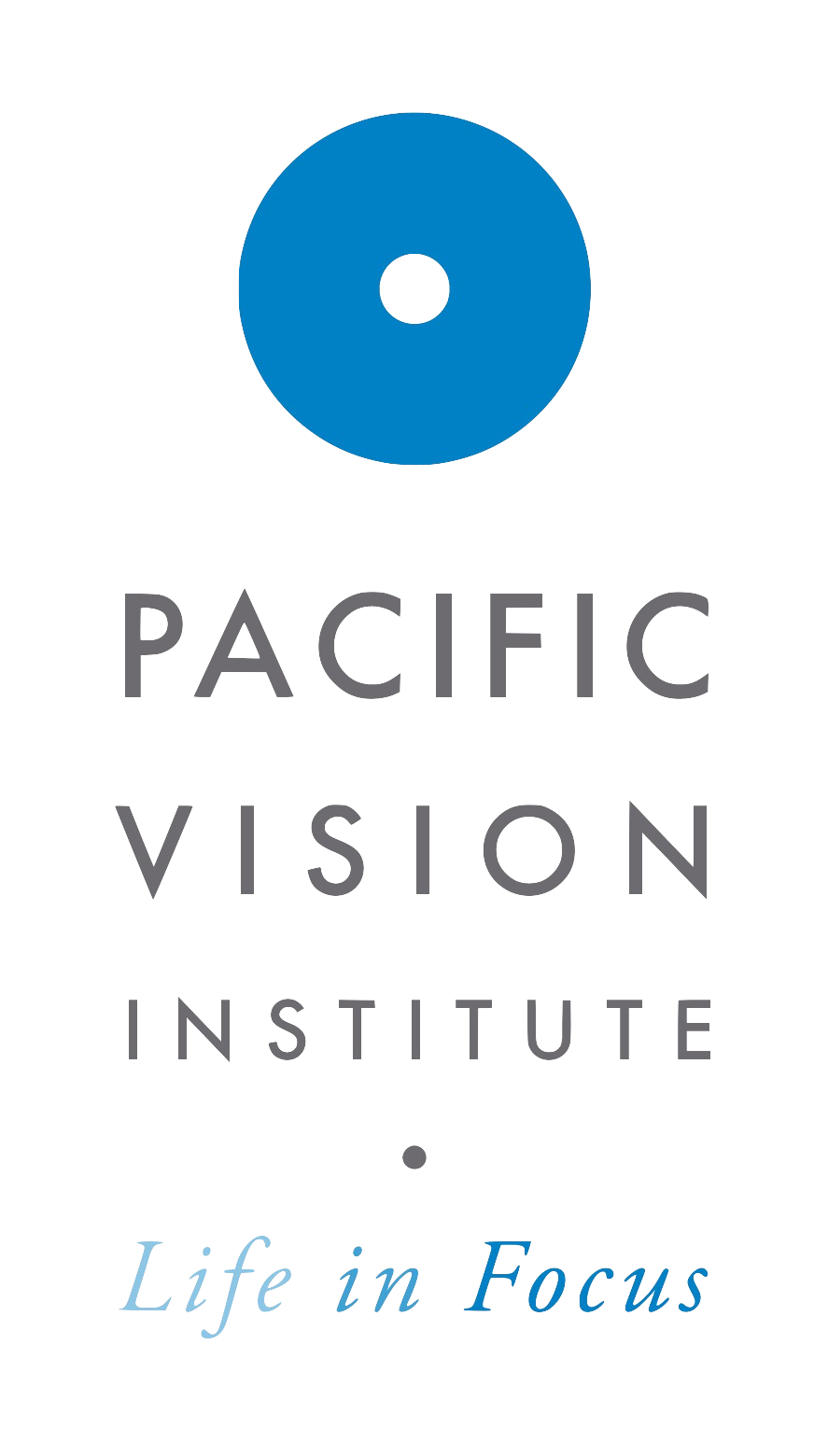How long do the results of LASIK surgery last?
LASIK is a surgical intervention designed to correct vision problems. As an alternative to glasses and contact lenses, LASIK has become one of the most popular options available. This is largely due to the fact that LASIK is considered to be a permanent solution for vision issues.
While the results from LASIK are indeed long-lasting, factors such as aging and changes in vision (presbyopia or astigmatism) can have an impact on them. We have compiled some useful information here for those interested in undergoing LASIK surgery.
How long do the results from LASIK Last?
In order to understand how long LASIK lasts, it is first necessary to understand both its short and long-term effects. Patients often see improvements in their vision in just four to five hours following the procedure and can get back to their regular routines after just a week of downtime.
However, many patients are curious to know about the effects of LASIK a decade after the procedure has been performed. The fact is that, over time, blurriness may return to the eyes. While this may be troubling, it can be corrected.
While LASIK lasts forever for most patients, some may need further treatment down the line. Factors such as the age at which a patient receives LASIK and vision problems that develop over time play a major role in this. For this reason, some patients may need a repeat treatment about 10 years following their initial operation.
Does LASIK wear off over time?
While LASIK is rumored to wear off at around the 10-year mark, the truth is that the effects of the initial procedure never wear off. Whatever issues existed at the time of the initial treatment were addressed fully and are unlikely to return. However, it is totally possible for our eyes to develop other issues over time, which the primary laser refractive surgery did not address (as the issue was not present at the time).
Older patients tend to get more mileage out of their results. This is due to the fact our bodies go through additional changes in our 40s and 50s, such as presbyopia (a condition in which it is difficult to see things up close). Other conditions, such as cataracts, can also manifest, meaning that the patient will need subsequent treatment.
What is the takeaway?
The results from LASIK can last a very long time. As with any other part of the body, the eyes are always in a state of flux, meaning that conditions can develop down the line that were not anticipated. Consulting with an experienced optometrist can help patients decide which treatment is best for them and when is the best time to get it.

